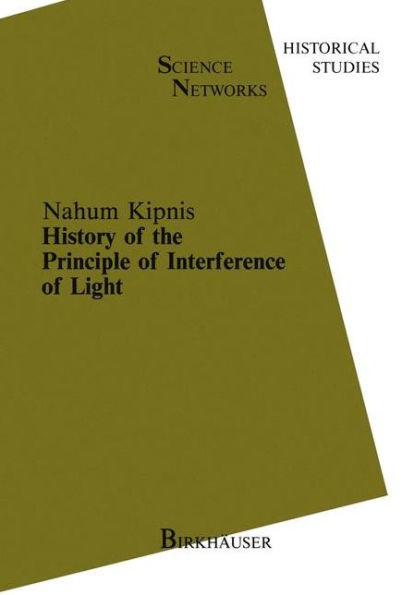5
1
9783764323165


History of the Principle of Interference of Light / Edition 1 available in Hardcover

History of the Principle of Interference of Light / Edition 1
- ISBN-10:
- 3764323167
- ISBN-13:
- 9783764323165
- Pub. Date:
- 09/01/1991
- Publisher:
- Birkhäuser Basel
- ISBN-10:
- 3764323167
- ISBN-13:
- 9783764323165
- Pub. Date:
- 09/01/1991
- Publisher:
- Birkhäuser Basel
69.99
In Stock

Product Details
| ISBN-13: | 9783764323165 |
|---|---|
| Publisher: | Birkhäuser Basel |
| Publication date: | 09/01/1991 |
| Series: | Science Networks. Historical Studies , #5 |
| Edition description: | 1991 |
| Pages: | 271 |
| Product dimensions: | 7.01(w) x 10.00(h) x 0.28(d) |
From the B&N Reads Blog
